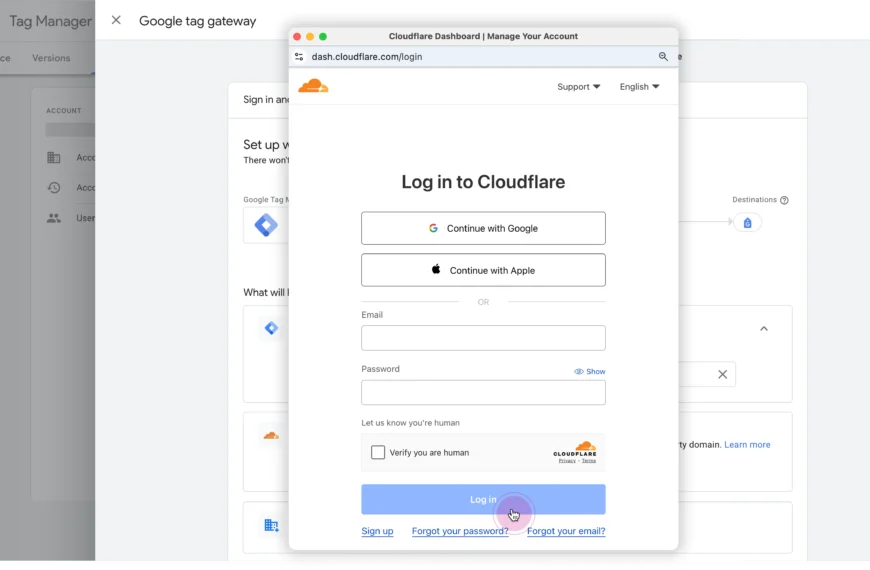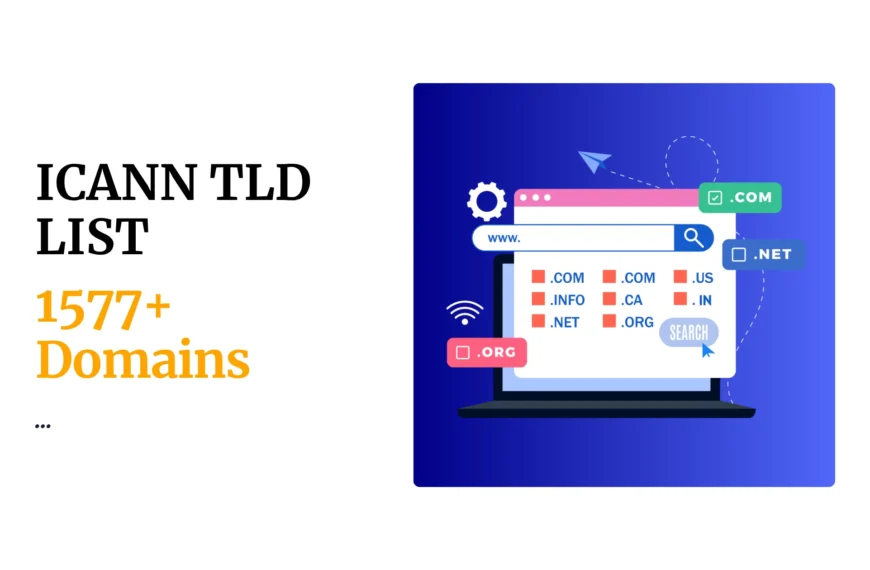If you’re reading this, you’re probably itching to dive into the world of WordPress development in Kenya.
Well, you’re in the right place.
I’ve been in your shoes, and let me tell you, starting WordPress development in Kenya is not just a smart move – it’s a game-changer.
Why?
Because WordPress powers over 43% of all websites globally.
That’s huge.
And here in Kenya, the demand for skilled WordPress developers is skyrocketing.
From small businesses to large corporations, everyone wants a piece of the WordPress pie.
But here’s the kicker: there’s a shortage of top-notch WordPress developers in our local market.
That’s where you come in.
In this guide, I’m going to walk you through exactly how to start WordPress development in Kenya, step by step.
No fluff, no filler – just actionable advice that’ll get you from zero to hero in the WordPress world.
We’ll cover everything from setting up your development environment to launching your first project and beyond.
So, buckle up.
By the end of this post, you’ll have a clear roadmap to kickstart your WordPress development journey right here in Kenya.
Let’s get started.
What You’ll Need to Start WordPress Development in Kenya
Before we get into the steps, let’s talk about what you’ll need in your toolbox to start WordPress development in Kenya.
Think of this as your WordPress development starter pack:
- A reliable computer: You don’t need a supercomputer, but aim for at least 8GB RAM and a decent processor. Trust me, it’ll save you from pulling your hair out when running multiple programs.
- Stable internet connection: In Kenya, this can be tricky. I recommend having a backup internet option, like a good mobile data plan.
- Local development environment: We’ll dive deeper into this later, but tools like XAMPP or Local by Flywheel will be your best friends.
- Code editor: My personal favorite is Visual Studio Code, but Sublime Text or Atom work great too.
- FTP client: FileZilla is a solid free option for transferring files to and from your server.
- Version control system: Git is the industry standard. Get comfortable with it.
- WordPress knowledge: Obviously, right? But I’m not just talking about how to install a theme. You need to understand WordPress’s core structure and functionality.
- PHP, HTML, CSS, and JavaScript skills: These are the building blocks of WordPress development. You don’t need to be an expert from day one, but you should be comfortable with the basics.
- A willingness to learn: Trust me, you’ll be doing a lot of this. WordPress is always evolving, and so should you.
Now, here’s the thing about starting WordPress development in Kenya: you don’t need all of these things to get started.
But having them will make your journey a whole lot smoother.
Remember, the goal is to set yourself up for success from the get-go.
Don’t worry if some of these seem daunting.
We’ll break them down as we go along.
The key is to start with what you have and build from there.
Ready to take the plunge?
Let’s move on to the step-by-step process of becoming a WordPress developer in Kenya.
Step-by-Step Instructions: How to Start WordPress Development in Kenya
Alright, let’s get our hands dirty.
Here’s your roadmap to start WordPress development in Kenya, broken down into manageable steps.
1. Setting Up Your Development Environment
First things first: you need a playground.
In WordPress development, this is called a local development environment.
Here’s how to set it up:
Choose your local server software:
- XAMPP is popular and free.
- Local by Flywheel is WordPress-specific and user-friendly.
Install your chosen software:
- Follow the installation wizard.
- Make sure Apache and MySQL are running.
Install WordPress locally:
- Download WordPress from wordpress.org.
- Set up a database in phpMyAdmin.
- Run the famous 5-minute WordPress installation.
Pro Tip: Use different local environments for different projects. It keeps things clean and prevents conflicts.
Warning: Always use strong passwords, even for local installations. It’s a good habit to build.
2. Learning the Basics of WordPress
Now that you have your local environment set up, it’s time to get familiar with WordPress itself.
Understand the WordPress architecture:
- Learn about themes, plugins, and the core.
- Familiarize yourself with the WordPress Codex.
Explore the WordPress dashboard:
- Create posts and pages.
- Install and customize themes.
- Play around with widgets and menus.
Dive into WordPress functions:
- Start with basic functions like
wp_head()andwp_footer(). - Learn about hooks and filters.
Pro Tip: Build a simple website for yourself or a friend. There’s no better way to learn than by doing.
Warning: Don’t get overwhelmed. WordPress is vast, but you don’t need to know everything at once.
3. Developing Your First WordPress Theme
Ready to create something from scratch? Let’s build a theme.
Set up your theme structure:
- Create necessary files:
style.css,index.php,functions.php. - Add a theme header to
style.css.
Implement WordPress template hierarchy:
- Create template files like
single.php,page.php,archive.php.
Use WordPress functions in your theme:
- Implement
wp_head()andwp_footer(). - Use
the_content(),the_title(), etc.
Pro Tip: Start with a simple design. You can always add complexity later.
Warning: Always prefix your function names to avoid conflicts with plugins.
4. Creating Custom Plugins
Plugins extend WordPress functionality. Here’s how to create your own:
Set up your plugin structure:
- Create a new folder in the
wp-content/pluginsdirectory. - Create your main plugin file with a PHP header.
Add functionality to your plugin:
- Use WordPress hooks to add or modify features.
- Create admin pages if necessary.
Test your plugin thoroughly:
- Activate and deactivate it multiple times.
- Check for conflicts with themes and other plugins.
Pro Tip: Start with a simple functionality. Maybe a custom widget or shortcode.
Warning: Always sanitize and validate user input to prevent security vulnerabilities.
5. Testing and Debugging
Quality control is crucial in WordPress development. Here’s how to ensure your work is top-notch:
Set up a testing environment:
- Use a staging site that mirrors your production site.
- Consider using WordPress debugging tools.
Perform thorough testing:
- Check functionality across different browsers and devices.
- Test with different user roles.
Debug effectively:
- Enable
WP_DEBUGin yourwp-config.phpfile. - Use browser developer tools to identify JavaScript and CSS issues.
Pro Tip: Write unit tests for your code. It saves time in the long run.
Warning: Never test on a live site. Always use a staging environment.
6. Launching Your WordPress Projects
You’ve built something awesome. Now it’s time to share it with the world:
Choose a reliable hosting provider:
- Look for Kenya-based providers for better latency. Truehost Kenya shines here.
- Ensure they offer WordPress-specific features.
Migrate your local site to the live server:
- Use a migration plugin or manually transfer files and database.
- Update URLs in the database.
Perform final checks:
- Test all functionality on the live site.
- Optimize for performance and SEO.
Pro Tip: Create a launch checklist to ensure you don’t miss any crucial steps.
Warning: Always backup your site before making major changes or updates.
There you have it – a comprehensive guide to start WordPress development in Kenya.
Remember, this is just the beginning.
The world of WordPress development is vast and ever-changing.
But with these steps, you’re well on your way to becoming a WordPress pro in the Kenyan market.
In the next sections, we’ll dive into tips for success, common mistakes to avoid, and how to troubleshoot when things go sideways.
Stay tuned!
Tips for Success in WordPress Development in Kenya
Alright, you’ve got the basics down.
Now, let’s talk about how to really excel in WordPress development here in Kenya.
These tips aren’t just theory – they’re battle-tested strategies I’ve used to build a successful WordPress development career right here in our local market.
Master the art of Googling:
Seriously, this is a superpower.
Learn to frame your questions effectively.
Use specific search terms like “WordPress hook for X” or “PHP function to Y”.
Build a strong online presence:
Create a portfolio website showcasing your best work.
Be active on platforms like GitHub and Stack Overflow.
Share your knowledge through a blog or YouTube channel.
Network, network, network:
Join local tech meetups in Nairobi, Mombasa, or your city.
Participate in WordPress Kenya community events.
Attend conferences like WordCamp Kenya.
Specialize in a niche:
Maybe you’re great at e-commerce sites, or perhaps you excel in creating multilingual websites.
Find your strength and become the go-to person for it.
Keep learning:
WordPress evolves rapidly. Stay updated with the latest trends.
Follow WordPress blogs and YouTube channels.
Take online courses to upskill regularly.
Contribute to open source:
Give back to the WordPress community.
It’s great for learning and networking.
Understand the local market:
Know what Kenyan businesses need from their websites.
Stay informed about local digital trends and regulations.
Price your services right:
Don’t undervalue your work, but also understand the local market rates.
Consider offering tiered pricing for different client budgets.
Build relationships with clients:
Over-deliver on projects.
Provide excellent after-service support.
Happy clients lead to referrals, which are gold in Kenya’s close-knit business community.
Optimize for mobile and low-bandwidth:
Many Kenyans access the internet primarily through mobile devices.
Ensure your WordPress sites are fast and responsive.
Remember, starting WordPress development in Kenya is just the first step.
To truly succeed, you need to continuously adapt and grow.
The WordPress ecosystem in Kenya is still developing, which means there’s plenty of opportunity for those who are willing to put in the work.
Stay curious, stay hungry, and most importantly, stay consistent.
Your skills will compound over time, and before you know it, you’ll be a WordPress development powerhouse in the Kenyan market.
Common Mistakes to Avoid in WordPress Development in Kenya
Let’s talk about the pitfalls you need to watch out for as you start WordPress development in Kenya.
I’ve made these mistakes so you don’t have to.
Learn from them, and you’ll save yourself a ton of headaches:
Ignoring security:
WordPress is a prime target for hackers.
Always use strong passwords and keep everything updated.
Implement security plugins and best practices from day one.
Overusing plugins:
It’s tempting to use a plugin for everything.
But too many plugins can slow down your site and create conflicts.
Learn to code simple functionalities yourself.
Not backing up regularly:
In Kenya, power outages and internet issues are real.
Always have a recent backup of your sites.
Use automated backup solutions for peace of mind.
Ignoring responsiveness:
Most Kenyans access the internet via mobile.
Ensure your sites look great and function well on all devices.
Neglecting performance optimization:
Slow sites lose visitors fast.
Learn to optimize images, minify code, and leverage caching.
Underestimating project timelines:
Always add buffer time to your estimates.
Kenyan clients often request last-minute changes.
Not using version control:
Git is your friend. Use it from the start.
It’s a lifesaver when things go wrong.
Copying and pasting code without understanding it:
It’s okay to use code snippets, but understand how they work.
Blindly using code can lead to security vulnerabilities.
Ignoring SEO basics:
Many Kenyan businesses need local SEO.
Learn the basics of on-page SEO and implement them in your projects.
Not customizing the admin experience:
Clients appreciate a tailored backend.
Learn to customize the WordPress admin area for better user experience.
Neglecting documentation:
Document your code and provide user guides for clients.
It saves time in the long run and impresses clients.
Undervaluing your work:
Don’t fall into the trap of racing to the bottom on price.
Charge what you’re worth and deliver value.
Not staying updated with WordPress changes:
WordPress evolves quickly.
Keep up with major updates and new features.
Ignoring accessibility:
Make your sites usable for everyone.
It’s not just good practice; it’s often a legal requirement.
Not learning PHP deeply enough:
WordPress is built on PHP.
The deeper your PHP knowledge, the better WordPress developer you’ll be.
Avoiding these mistakes will put you leagues ahead as you start WordPress development in Kenya.
Remember, every mistake is a learning opportunity.
But if you can learn from others’ mistakes (like mine), you’ll progress much faster.
Stay vigilant, keep learning, and you’ll be well on your way to becoming a top WordPress developer in Kenya.
Troubleshooting Common Issues in WordPress Development in Kenya
Even the best WordPress developers run into issues.
The key is knowing how to solve them efficiently.
Here’s how to tackle some common problems you might face as you start WordPress development in Kenya:
The White Screen of Death:
- This often indicates a PHP error.
- Enable WP_DEBUG in wp-config.php to see the error message.
- Check your error logs.
- Disable plugins one by one to identify the culprit.
Database Connection Errors:
- Verify your database credentials in wp-config.php.
- Check if your database server is running.
- Ensure your hosting hasn’t reached its connection limit.
Broken Permalinks:
- Go to Settings > Permalinks and re-save your settings.
- Check if your .htaccess file is writable.
- Manually update your .htaccess file if necessary.
Plugin Conflicts:
- Deactivate all plugins and reactivate them one by one.
- Use a plugin like Query Monitor to identify conflicts.
- Check your browser console for JavaScript errors.
Theme Customization Not Showing:
- Clear your browser cache.
- Check if you’re editing the right file (child theme vs parent theme).
Slow Loading Times:
- Use tools like GTmetrix or PageSpeed Insights to identify bottlenecks.
- Optimize images and enable caching.
- Consider using a Content Delivery Network (CDN).
File Upload Issues:
- Check your php.ini file for upload_max_filesize and post_max_size.
- Ensure your server has enough disk space.
- Verify folder permissions (usually 755 for directories, 644 for files).
Updates Breaking Site Functionality:
- Always backup before updating.
- Update themes and plugins in a staging environment first.
- If issues occur, restore from backup and update components one by one.
404 Errors on Pages or Posts:
- Reset permalinks (as mentioned earlier).
- Check if the .htaccess file is present and correct.
- Ensure the page/post actually exists in the database.
Memory Exhaustion Errors:
Increase PHP memory limit in wp-config.php or php.ini.
Optimize your code to use less memory.
Consider upgrading your hosting plan.
Pro Tip: Keep a troubleshooting journal.
Note down the issues you encounter and how you solved them.
It’s an invaluable resource as you start WordPress development in Kenya.
Warning: Always backup your site before attempting major fixes.
In Kenya, where internet can be unstable, having a local backup is crucial.
Remember, troubleshooting is an art.
The more you practice, the better you’ll become at diagnosing and fixing issues quickly.
This skill alone can set you apart in the Kenyan WordPress development market.
Alternatives in WordPress Development
As you start WordPress development in Kenya, it’s crucial to understand that there’s often more than one way to achieve a goal.
Let’s explore some alternatives and when to use them:
1. Development Environments
- XAMPP vs MAMP vs Local by Flywheel:
- XAMPP is free and works on multiple platforms.
- MAMP is Mac-specific but very user-friendly.
- Local by Flywheel is WordPress-focused and great for team collaboration.
When to use: Choose based on your operating system and specific needs.
Local by Flywheel is great for WordPress-only development.
2. Page Builders vs Custom Development
- Page Builders (Elementor, Divi, etc.) vs Custom Coding:
- Page builders offer quick development for simple sites.
- Custom coding provides more control and often better performance.
When to use: Use page builders for rapid prototyping or simple client sites.
Opt for custom coding for complex, high-performance projects.
3. Theme Frameworks
- Genesis vs Underscores vs Rolling Your Own:
- Genesis is powerful but has a learning curve.
- Underscores (_s) is a great starting point for custom themes.
- Building from scratch gives total control but takes more time.
When to use: Choose based on project complexity and your familiarity with the framework.
4. Hosting Solutions
- Shared Hosting vs VPS vs Managed WordPress Hosting:
- Shared hosting is cheap but limited.
- VPS offers more control but requires more technical knowledge.
- Managed WordPress hosting is optimized for WordPress but more expensive.
When to use: Start with shared hosting for small projects.
Upgrade to VPS or managed hosting as your clients and projects grow.
5. E-commerce Solutions
- WooCommerce vs Easy Digital Downloads vs Custom Solution:
- WooCommerce is versatile and widely used.
- Easy Digital Downloads is great for digital products.
- Custom solutions offer maximum flexibility but require more development time.
When to use: WooCommerce for most e-commerce projects.
EDD for digital-only stores.
Custom solutions for very specific requirements.
6. Multilingual Sites
- WPML vs Polylang vs TranslatePress:
- WPML is powerful but complex.
- Polylang is user-friendly and free for basic use.
- TranslatePress offers visual translation.
When to use: Choose based on the project’s complexity and budget.
Polylang is great for simpler sites, while WPML shines in complex scenarios.
7. Form Builders
- Contact Form 7 vs Gravity Forms vs Ninja Forms:
- Contact Form 7 is free and simple.
- Gravity Forms is powerful but paid.
- Ninja Forms offers a good balance of features in its free and paid versions.
When to use: Contact Form 7 for basic needs.
Gravity Forms or Ninja Forms for complex form requirements.
Understanding these alternatives is crucial as you start WordPress development in Kenya.
It allows you to choose the right tools for each project, making you a more versatile and valuable developer.
Remember, the best solution often depends on the specific needs of your client and project.
Stay flexible and always be ready to learn new tools and approaches.
Your Journey in WordPress Development in Kenya Begins Now
As we wrap up this guide on how to start WordPress development in Kenya, let’s recap the key points and look towards your future in this exciting field.
You’re in the right place at the right time:
- WordPress powers a significant portion of the web.
- The demand for skilled WordPress developers in Kenya is growing rapidly.
Your toolkit matters:
- Invest in a good computer and reliable internet.
- Master essential tools like local development environments and version control.
Learning is a continuous process:
- Start with the basics of WordPress, PHP, HTML, CSS, and JavaScript.
- Keep up with the latest WordPress trends and technologies.
Practice makes perfect:
- Build themes and plugins to hone your skills.
- Contribute to open-source projects for real-world experience.
The Kenyan market has unique needs:
- Focus on mobile optimization and performance.
- Understand local business requirements and digital trends.
Networking is crucial:
- Engage with the local WordPress community.
- Build relationships with clients and fellow developers.
Avoid common pitfalls:
- Prioritize security and performance.
- Don’t undervalue your work.
Be a problem solver:
- Develop strong troubleshooting skills.
- Learn to adapt and find alternative solutions.
Remember, starting WordPress development in Kenya is just the beginning of an exciting journey.
The path ahead is full of opportunities for those willing to put in the work and stay curious.
As you embark on this journey, keep these final thoughts in mind:
- Embrace the learning curve:
Every challenge is an opportunity to grow. - Build a strong portfolio:
Your work speaks louder than words. - Stay ethical:
Build a reputation for reliability and integrity. - Give back to the community:
Share your knowledge and help others grow. - Stay adaptable:
The tech world evolves rapidly. Be ready to evolve with it.
You have the tools, the knowledge, and now the roadmap to become a successful WordPress developer in Kenya.
The rest is up to you.
So, what are you waiting for?
Your WordPress development journey in Kenya starts now.
Dive in, stay curious, and remember – every expert was once a beginner.
Good luck, and happy coding!
FAQ: Starting WordPress Development in Kenya
Q1: Do I need a computer science degree to start WordPress development in Kenya?
A: No, a formal degree isn’t necessary. While a background in computer science can be helpful, many successful WordPress developers are self-taught. What’s most important is your skills, portfolio, and willingness to learn.
Q2: How long does it take to become proficient in WordPress development?
A: The time varies depending on your dedication and prior experience. With consistent effort, you can start building basic websites within a few months. Becoming an expert can take 1-2 years of regular practice and learning.
Q3: What’s the job market like for WordPress developers in Kenya?
A: The job market is growing rapidly. Many businesses in Kenya are moving online, creating a high demand for WordPress developers. Freelance opportunities are abundant, and many companies are hiring in-house WordPress developers.
Q4: How much can I earn as a WordPress developer in Kenya?
A: Earnings vary based on experience and clientele. Junior developers might start around 30,000-50,000 KES per month, while experienced developers can earn 100,000-200,000 KES or more. Freelancers with a strong portfolio can potentially earn even more.
Q5: Do I need to know Swahili to be a WordPress developer in Kenya?
A: While knowing Swahili can be an advantage when dealing with local clients, it’s not strictly necessary. Most business communication in the tech sector is conducted in English.
Q6: Are there WordPress communities or meetups in Kenya?
A: Yes, there are active WordPress communities in Kenya. Look for WordPress Meetups in major cities like Nairobi and Mombasa. These events are great for networking and learning.
Q7: What types of projects can I expect as a WordPress developer in Kenya?
A: Projects vary widely. You might work on e-commerce sites, corporate websites, blogs, news portals, or custom web applications. Many businesses in Kenya are looking for affordable, functional websites.
Q8: How do I stay updated with WordPress changes and best practices?
A: Follow official WordPress blogs, join online communities, attend local meetups, and consider participating in WordCamps. Regularly working on projects and experimenting with new features is also crucial.
Q9: Is it better to specialize in a specific area of WordPress development or be a generalist?
A: Both approaches have merits. Specializing (e.g., in e-commerce or security) can make you a go-to expert in that niche. Being a generalist allows you to take on a wider variety of projects. Consider starting as a generalist and specializing as you gain experience.
Q10: How important is it to understand the local business culture in Kenya for WordPress development?
A: Understanding local business culture is very important. It helps in client communication, project management, and creating websites that resonate with the local audience. Familiarize yourself with Kenyan business etiquette and consumer behavior for better success.
Read also:
 Domain SearchInstantly check and register your preferred domain name
Domain SearchInstantly check and register your preferred domain name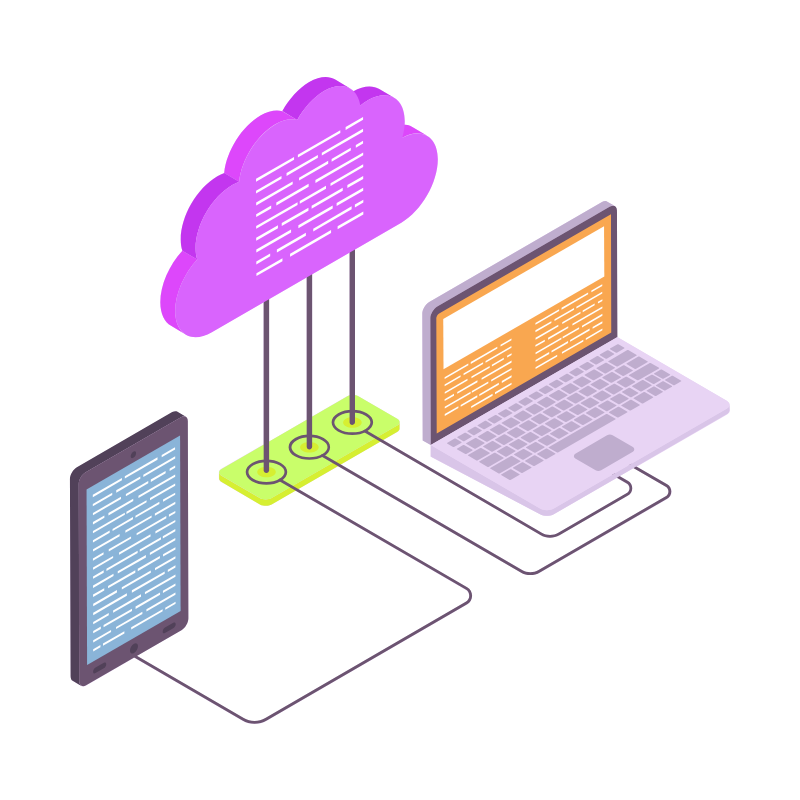 Web Hosting
Web Hosting cPanel HostingHosting powered by cPanel (Most user friendly)
cPanel HostingHosting powered by cPanel (Most user friendly)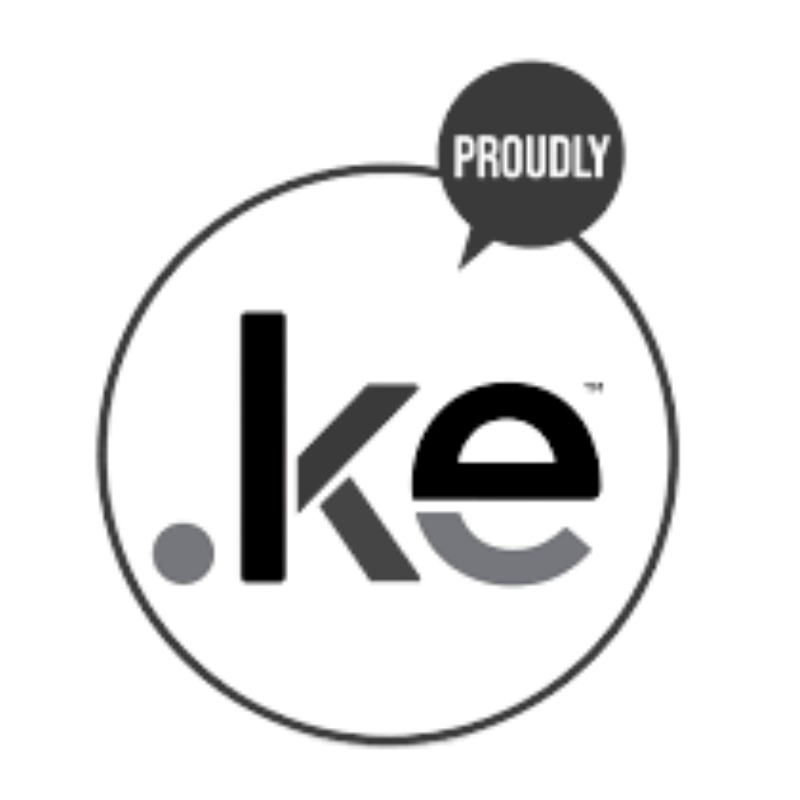 KE Domains
KE Domains Reseller HostingStart your own hosting business without tech hustles
Reseller HostingStart your own hosting business without tech hustles Windows HostingOptimized for Windows-based applications and sites.
Windows HostingOptimized for Windows-based applications and sites. Free Domain
Free Domain Affiliate ProgramEarn commissions by referring customers to our platforms
Affiliate ProgramEarn commissions by referring customers to our platforms Free HostingTest our SSD Hosting for free, for life (1GB storage)
Free HostingTest our SSD Hosting for free, for life (1GB storage) Domain TransferMove your domain to us with zero downtime and full control
Domain TransferMove your domain to us with zero downtime and full control All DomainsBrowse and register domain extensions from around the world
All DomainsBrowse and register domain extensions from around the world .Com Domain
.Com Domain WhoisLook up domain ownership, expiry dates, and registrar information
WhoisLook up domain ownership, expiry dates, and registrar information VPS Hosting
VPS Hosting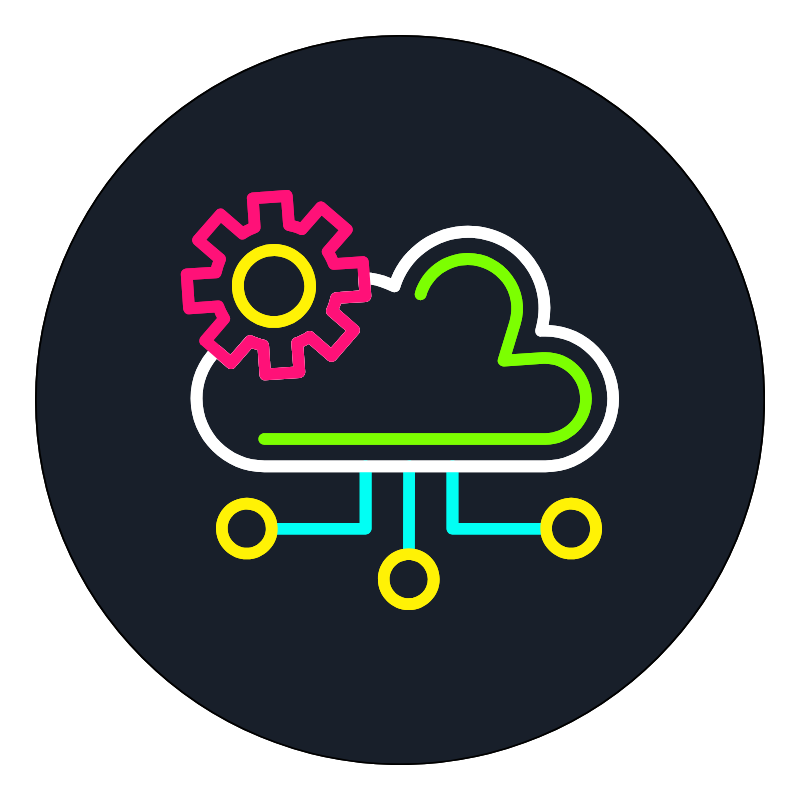 Managed VPSNon techy? Opt for fully managed VPS server
Managed VPSNon techy? Opt for fully managed VPS server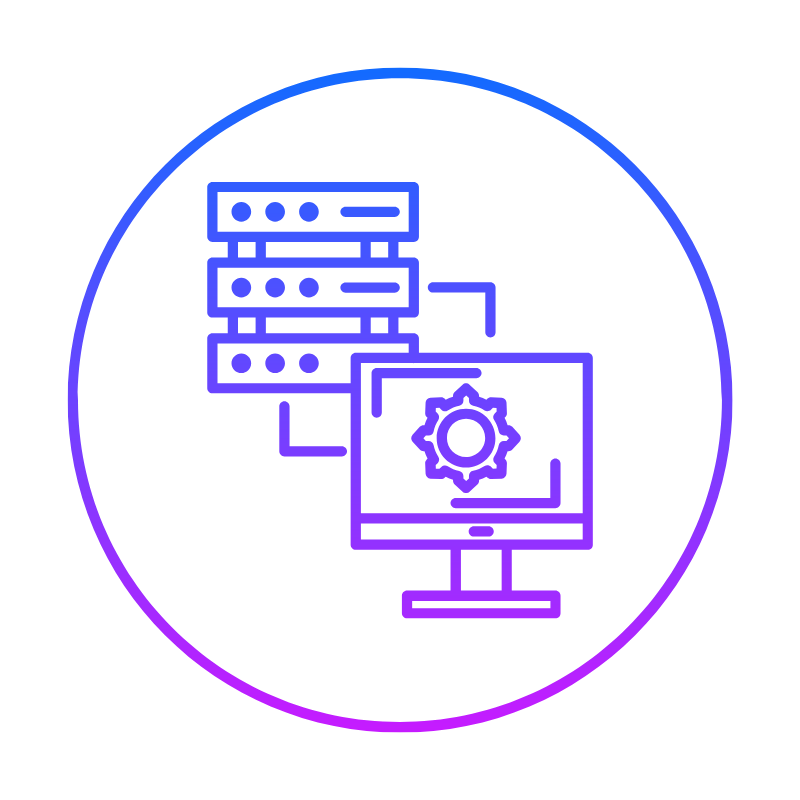 Dedicated ServersEnjoy unmatched power and control with your own physical server.
Dedicated ServersEnjoy unmatched power and control with your own physical server. SupportOur support guides cover everything you need to know about our services
SupportOur support guides cover everything you need to know about our services

